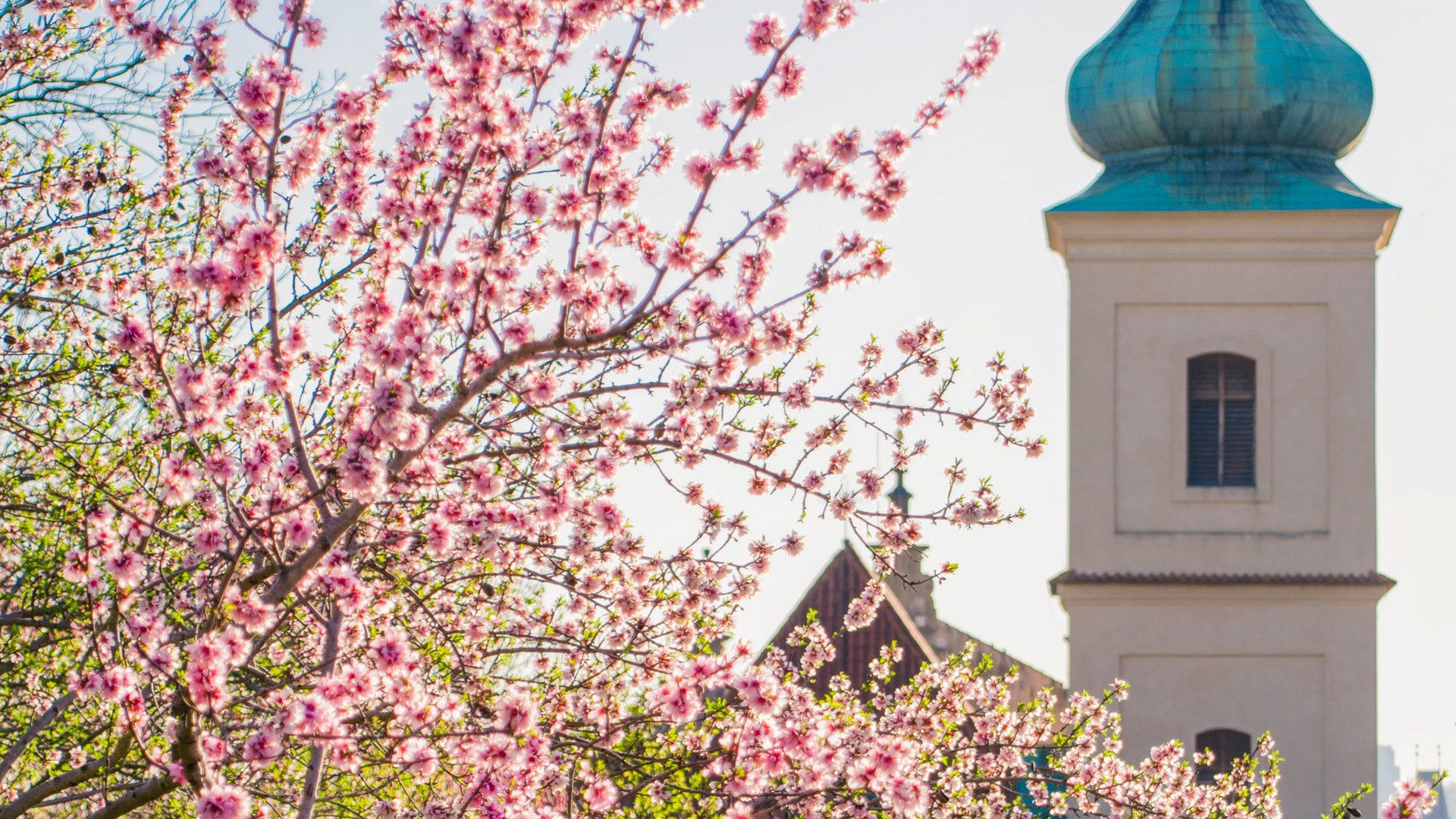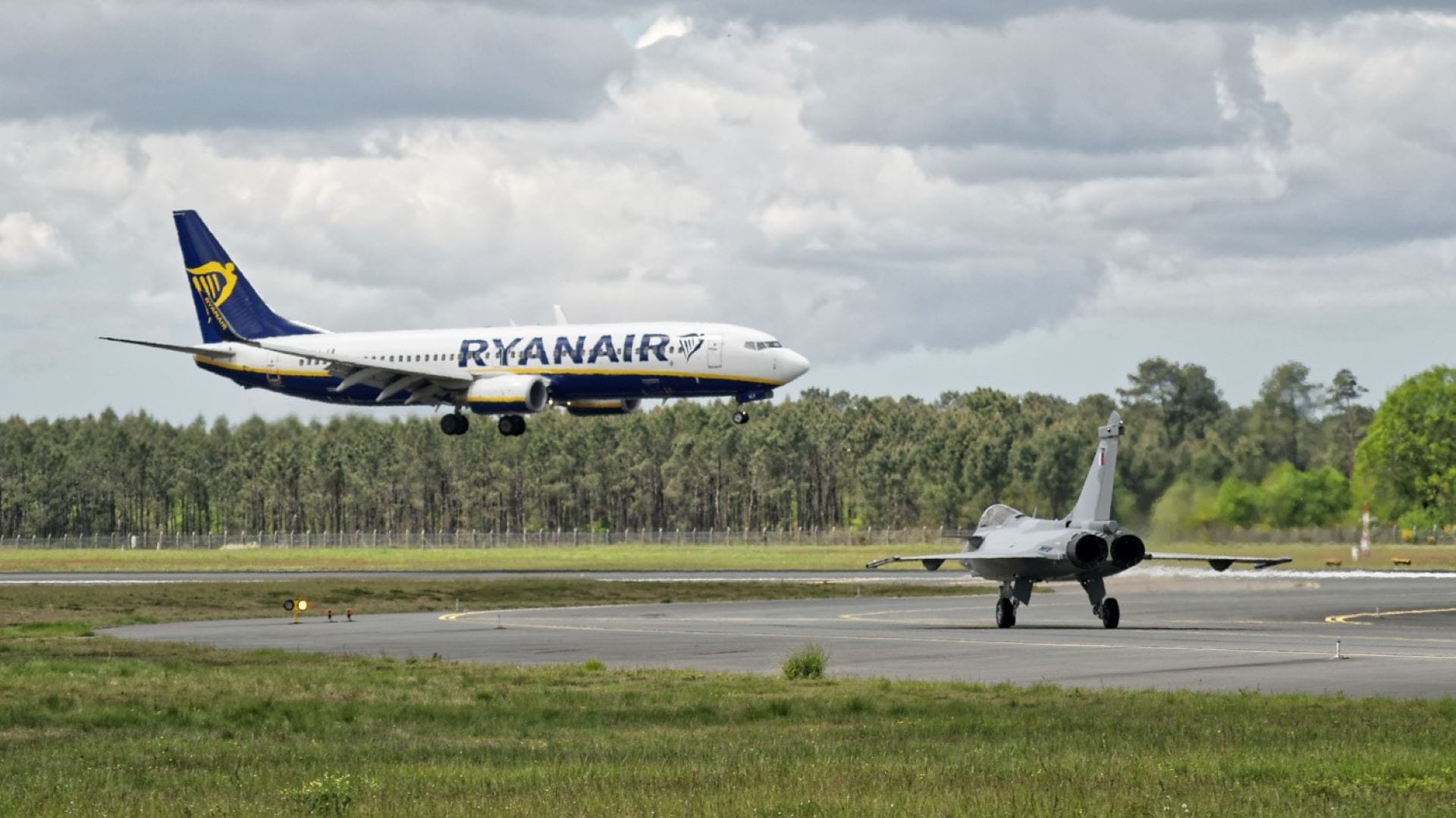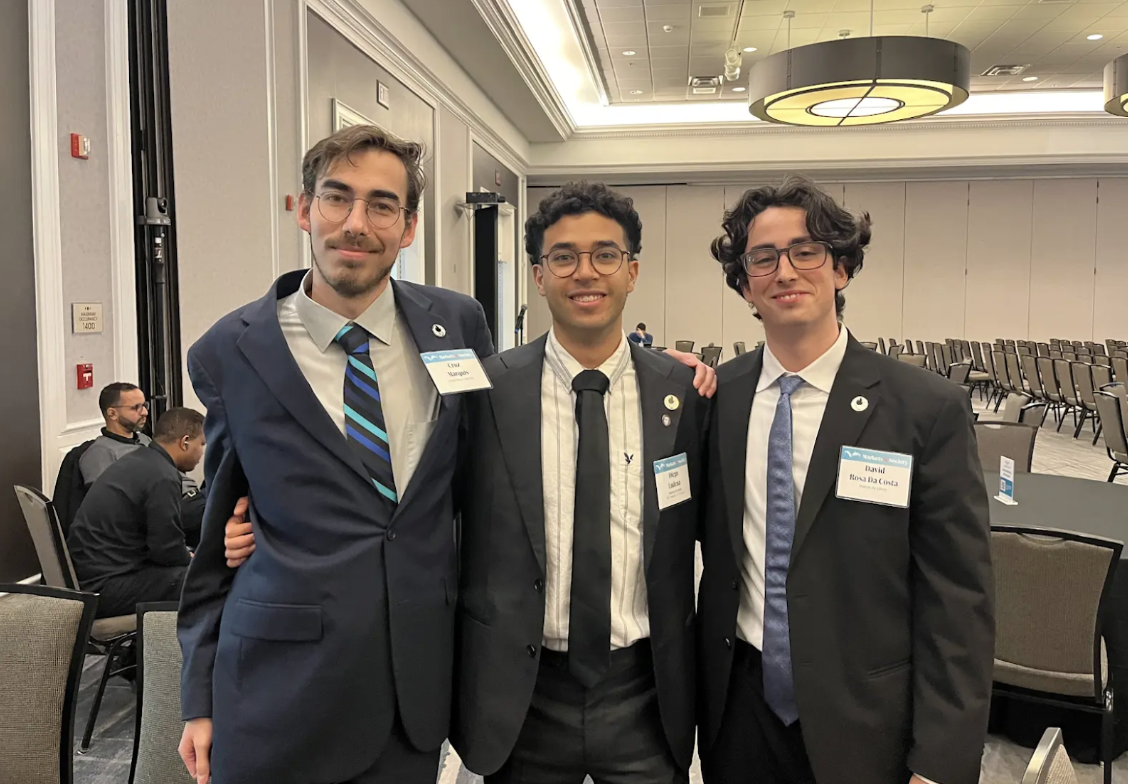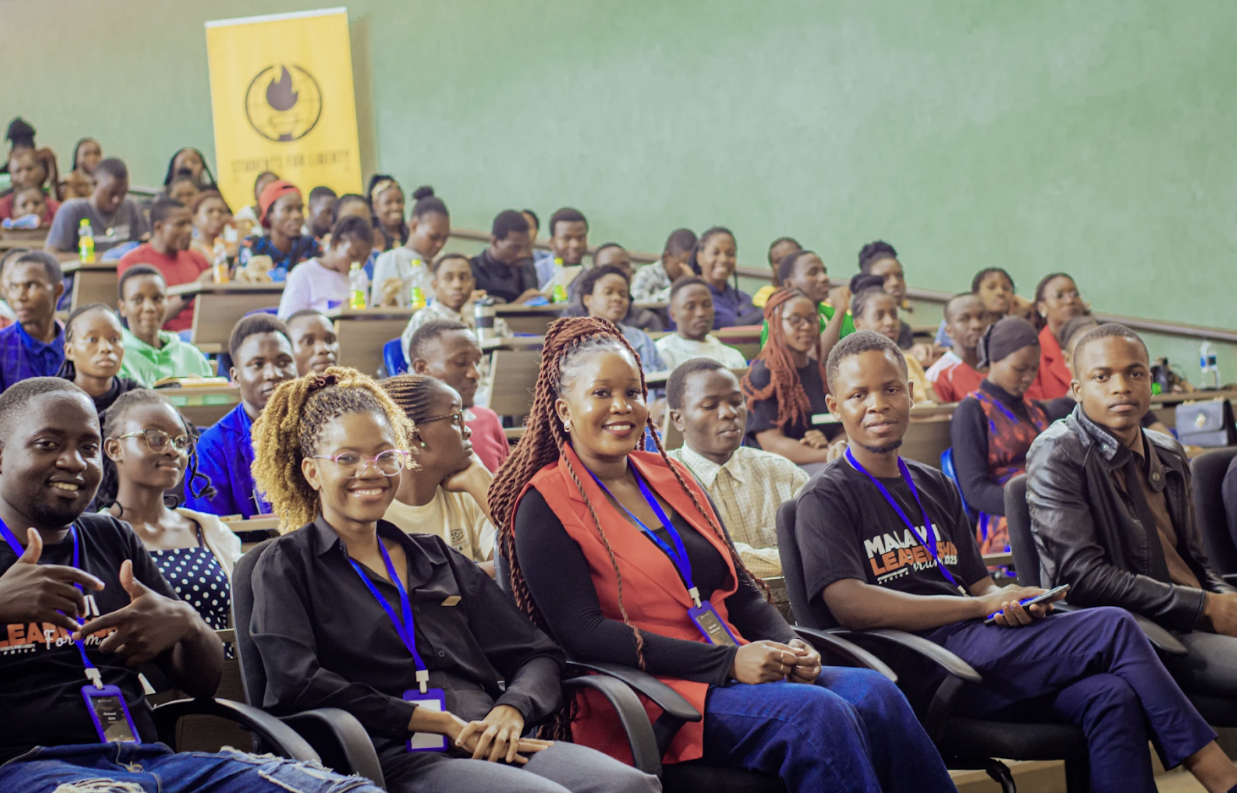A period of reform and liberalization driven by a popular movement against authoritarianism, the Prague Spring of 1968 was a brief yet significant episode in modern European history.
It has a legacy that proved influential in the eventual downfall of the Eastern Bloc a generation later, and continues to inspire to this day.
How did the Prague Spring come about?
Under the hardline communist leadership of Antonín Novotný, Czechoslovakia was subject to years of political repression and economic decline.
Czechoslovakia in the 1960s was a highly centralized state. It followed the Soviet model of industrialization, which involved heavy central planning. This economic model was particularly unsuited to Czechoslovakia as it was already a fairly industrialized economy.
Aware of the problem, in 1965 the Communist Party of Czechoslovakia approved a “New Economic Model.” This involved instituting reforms that would place greater emphasis on economic development, technological improvements, and a reduction in central planning.
Thus, Czechoslovakia’s industry was supposed to become somewhat more market-oriented. Industry would be more geared towards profitability, wage differentials would be introduced, and prices would respond to supply and demand.
These reforms were due to be implemented in January 1967. However, the party leadership were reticent and introduced amendments reinforcing central control.
In addition to economic woes, those living under Novotný’s communist regime were severely deprived of political rights and civil liberties. The flow of information was tightly controlled and dissenting voices became political prisoners. All things considered, these conditions did not sit easily with the general population.
How reforms temporarily transformed Czechoslovakia
In January 1968, the Central Committee finally lost patience with the increasingly unpopular Novotný, forcing his resignation and appointing the reformist Alexander Dubček as the new First Secretary of the Czechoslovak Communist Party.
In April 1968, Dubček launched his Action Program of “socialism with a human face,” leading to rapid liberalization and social change that was widely welcomed by the Czechoslovak public – the younger generation in particular. This period became known as the Prague Spring.
Indeed, the liberalization that occurred in the spring of 1968 was driven by public demand. Reforms were made to decentralize the economy, and citizens were granted a range of political rights they had longed for.
Restrictions on free speech, travel, and the media were loosened to the extent that Czechoslovakia was drifting far away from the values of the Soviet sphere of influence. As spring progressed, anti-Soviet content began to appear in the press, and multiparty elections appeared to be a distinct possibility in the near future.
Naturally, the much-changed Czechoslovakia that emerged during the Prague Spring angered the Soviet leadership, who saw such a change of direction as setting a dangerous precedent and threatening the cohesion of the Eastern Bloc.
Nonviolent resistance against Soviet aggression
In August 1968, Soviet tanks rolled into Czechoslovakia in a bid to force a return to the political and economic conditions in place before the Prague Spring. This aggressive response to anti-Soviet dissent was not without precedent, as the suppression of the Hungarian Revolution of 1956 remained a fairly recent memory.
While the country was swiftly overrun by hundreds of thousands of Soviet and Warsaw Pact troops, many of Czechoslovakia’s civilians did their utmost to frustrate their invaders through widespread nonviolent resistance.
Makeshift barricades were set up, road signs were removed or altered, and anti-Soviet messages were installed. The invaders were denied any form of assistance, with anyone caught collaborating being publicly denounced. In January 1969, Jan Palach, a 20-year-old student, set himself on fire in protest at the return of censorship.
While the resistance was unable to defeat the Soviet invasion and preserve Czechoslovakia’s newfound freedoms, the legacy of the Prague Spring would endure and play an important role in the ultimate demise of the Eastern Bloc and communism in Europe.
The Prague Spring won’t soon be forgotten
A generation later, the memory of the liberalization brought about during the Prague Spring was an influential factor in Czechoslovakia’s Velvet Revolution. Furthermore, Soviet leader Mikhail Gorbachev admitted that his policy of glasnost (openness/transparency) introduced in the mid-1980s was influenced by the Prague Spring. These social reforms focused on increased transparency would ultimately set in motion the end of the Soviet empire.
This legacy of politically and ideologically charged history is one of many reasons to visit Prague. However, in keeping with Prague’s history of pro-liberty activism, April 2022 will see yet another important reason to experience what the city has to offer: the return of Students For Liberty’s annual LibertyCon Europe!
This event, taking place in Prague on April 23-24, 2022, is the largest pro-liberty gathering in Europe, aiming to educate and empower liberty-minded individuals around a shared vision of a freer future.
Tickets are selling fast. If you’d like to attend LibertyCon Europe 2022, you can register by clicking on the button below.
We hope to see you there!
This piece solely expresses the opinion of the author and not necessarily the organization as a whole. Students For Liberty is committed to facilitating a broad dialogue for liberty, representing a variety of opinions. If you’re a student interested in presenting your perspective on this blog, send your piece to [email protected], and mention SFL Blog in the email subject line for your chance to be published and be seen!








